A公司MIS建设中用户抵制现象的研究——以系统思考角度
6摘要信息系统是沟通信息时代企业价值链的神经系统,是企业的一项核心竞争力。信息技术对于现代企业在其发展进程中的经营管理活动的贡献越来越高。但是,在信息化过程中企业里出现各种各样的抵制现象,使得企业高额投入建设的信息系统效能大多未达到企业的预期,而企业信息化过程中用户抵制行为也成为目前学者与管理者所关注的焦点。愈来愈多的企业开始引入信息系统于应用与管理,研究信息化进程中的用户抵制现象很有必要,对这方面的研究可进一步从理论与实践上引导企业信息系统建设的成功。信息系统是复杂的系统,而其实施的企业也同样是一种复杂的社会系统,系统思考以系统论为基础,作为一项有效工具用于研究社会经济复杂系统的问题。信息化...
相关推荐
-
我国基层财政困难的制度成因分析与对策研究VIP免费
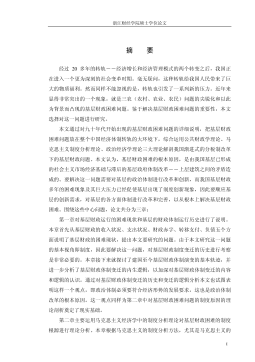
 2024-09-20 25
2024-09-20 25 -
我国煤电产业链纵向交易合约机制研究VIP免费
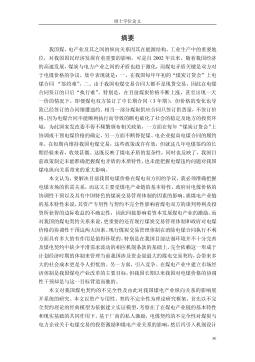
 2024-09-20 23
2024-09-20 23 -
生产要素视角下的上海市产业结构优化研究VIP免费
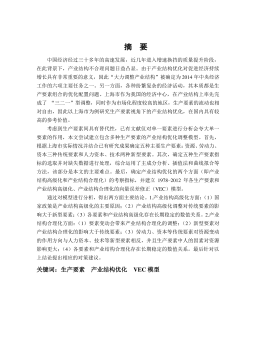
 2025-01-09 6
2025-01-09 6 -
我国银行业结构与经济结构关系研究VIP免费
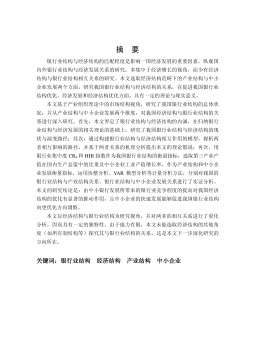
 2025-01-09 7
2025-01-09 7 -
大数据视角下农业供应链金融研究VIP免费
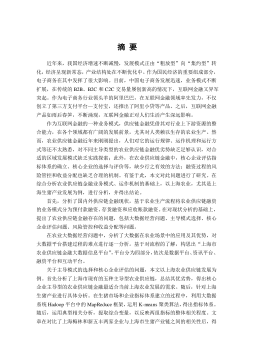
 2025-01-09 6
2025-01-09 6 -
跨国大型综合超市的规划研究VIP免费
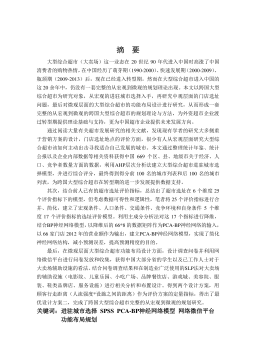
 2025-01-09 6
2025-01-09 6 -
跨境电商农产品质量安全问题研究VIP免费
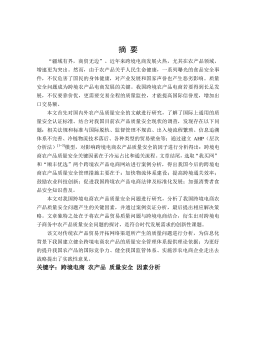
 2025-01-09 6
2025-01-09 6 -
世界市场的虚拟化与我国国际电子商务发展方向研究VIP免费
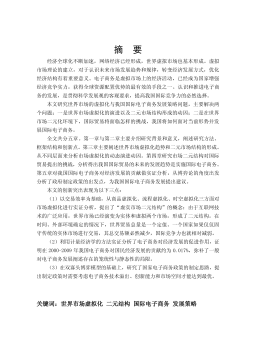
 2025-01-09 6
2025-01-09 6 -
中国政府对电力行业的价格规制问题研究VIP免费
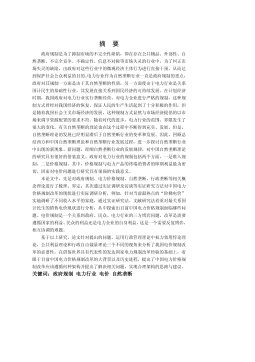
 2025-01-09 6
2025-01-09 6 -
中小企业信息化系统集成技术研究VIP免费

 2025-01-09 11
2025-01-09 11
相关内容
-

跨国大型综合超市的规划研究
分类:高等教育资料
时间:2025-01-09
标签:无
格式:PDF
价格:15 积分
-

跨境电商农产品质量安全问题研究
分类:高等教育资料
时间:2025-01-09
标签:无
格式:PDF
价格:15 积分
-

世界市场的虚拟化与我国国际电子商务发展方向研究
分类:高等教育资料
时间:2025-01-09
标签:无
格式:PDF
价格:15 积分
-

中国政府对电力行业的价格规制问题研究
分类:高等教育资料
时间:2025-01-09
标签:无
格式:PDF
价格:15 积分
-

中小企业信息化系统集成技术研究
分类:高等教育资料
时间:2025-01-09
标签:无
格式:PDF
价格:15 积分






